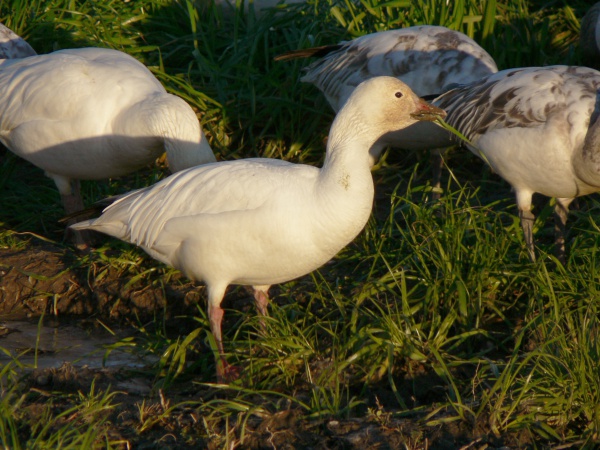Facts About Snow goose
The snow goose, native to North America, is a captivating bird known for its distinctive white and blue color variations. Initially classified in the genus Chen, these geese are now generally placed in the genus Anser. They breed in the Arctic and migrate south for the winter, traveling as far as Mexico. Occasionally, they are also observed in Europe and Central America.
Snow geese exhibit two color morphs: white and blue, with a range of plumage patterns. They form long-term pair bonds and nest in colonies, laying between three to five eggs. The chicks can belong to either color morph and may interbreed, leading to a mixture of colors within the population.
These geese undertake extensive migrations, with different subspecies following various flyways. Since the 1970s, the population of lesser snow geese has exploded, causing significant habitat degradation in both their breeding and wintering areas. Consequently, conservation efforts, including hunting regulations, have been implemented to manage their numbers.
Snow geese typically forage in flocks and are often seen with other goose species during migration. They face threats from predators such as Arctic foxes and skuas, while their nesting success is often bolstered by the presence of protective predators like snowy owls.
Due to their overpopulation and the resultant habitat destruction, efforts to control the snow goose population have become essential. The Light Goose Conservation Order, established in the late 1990s, aimed to mitigate the impact on Arctic breeding grounds by relaxing hunting restrictions and increasing hunting opportunities. Despite these measures, the overall snow goose population in North America remains high.

 United States
United States